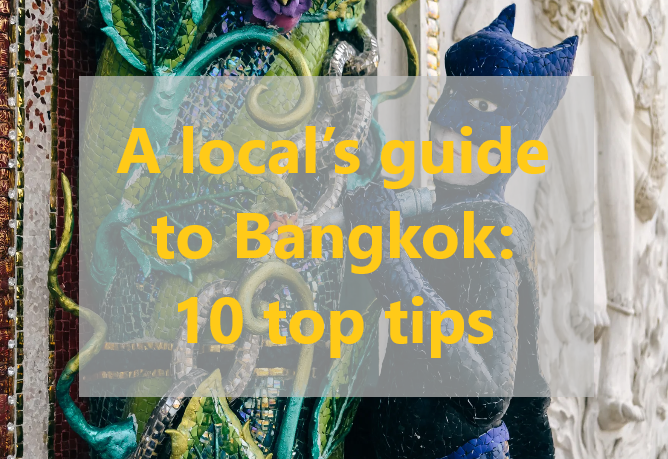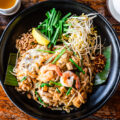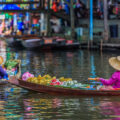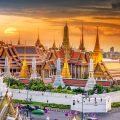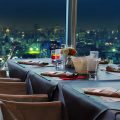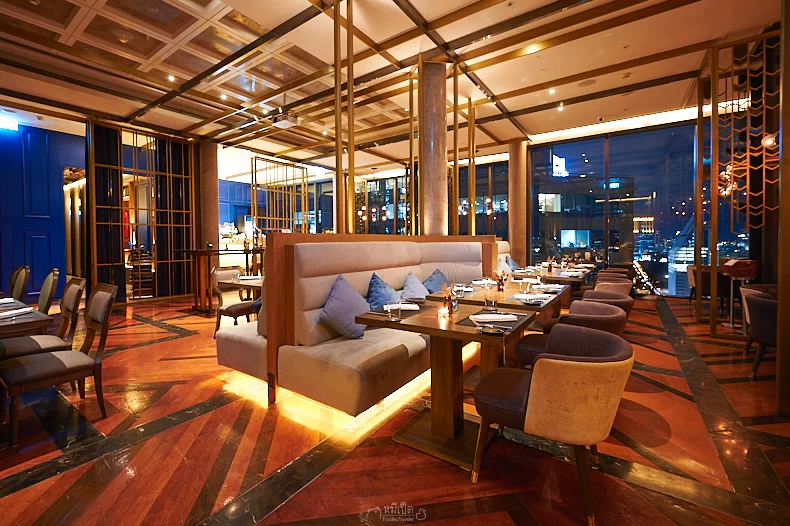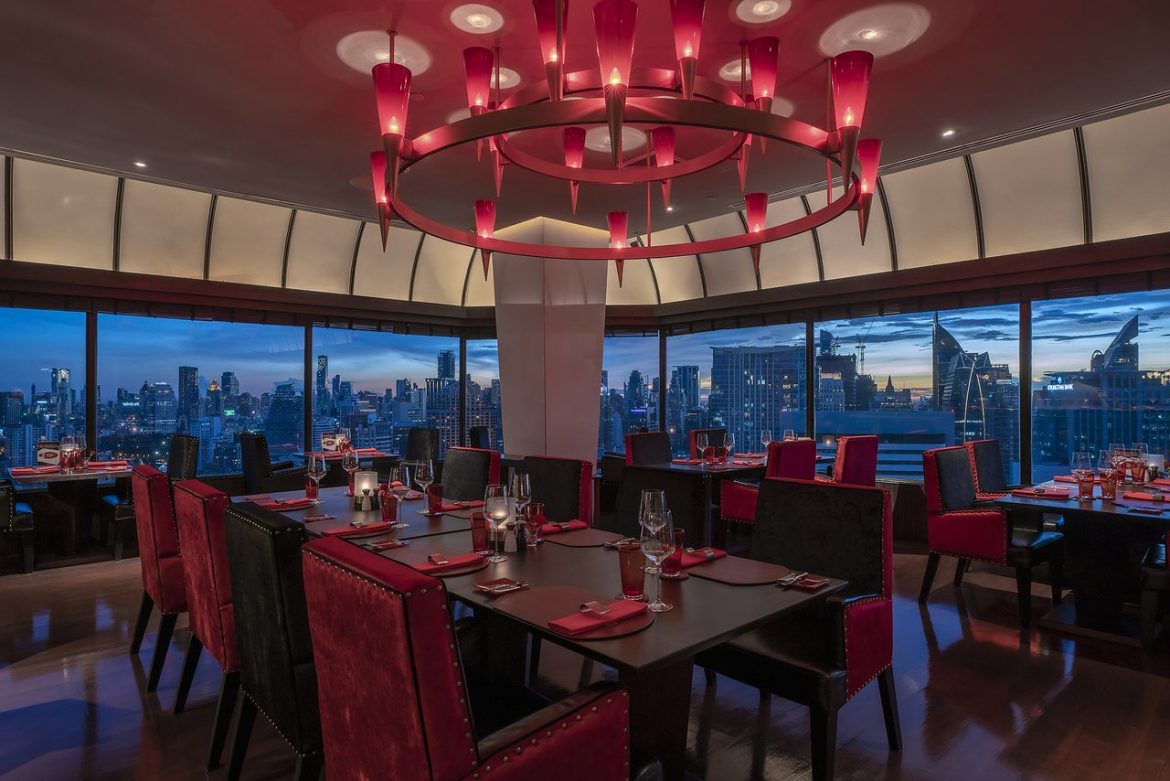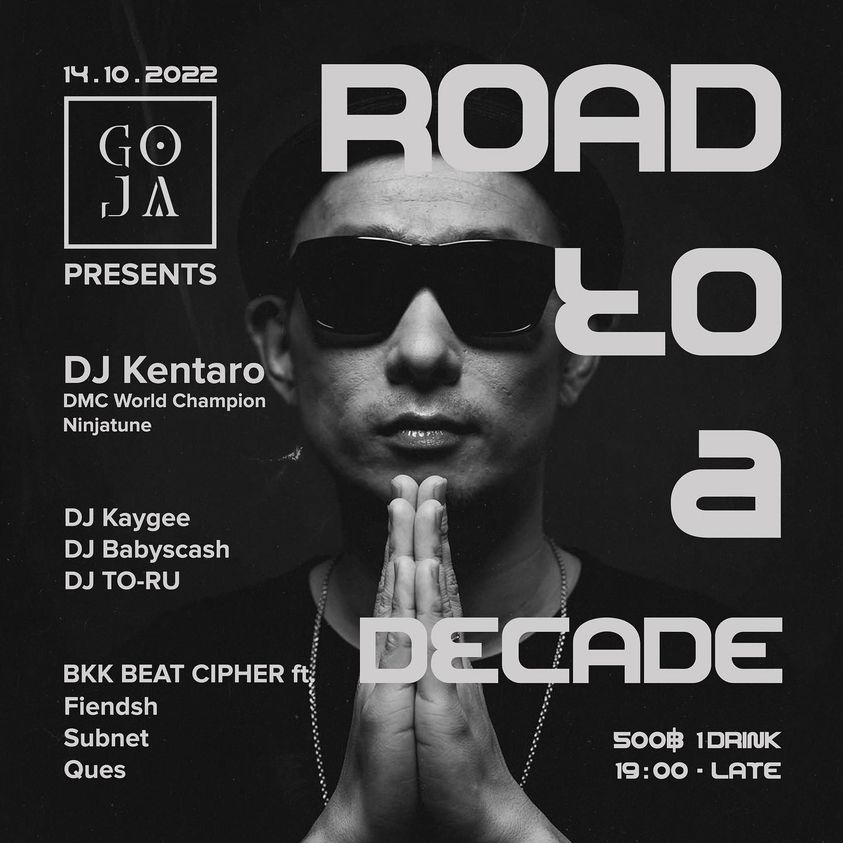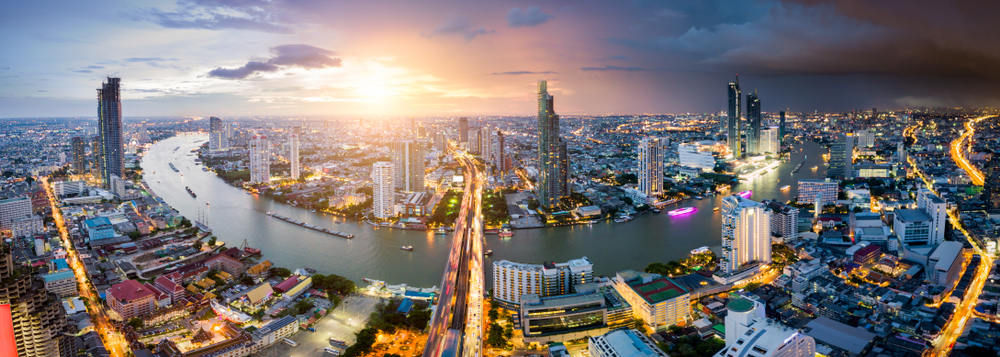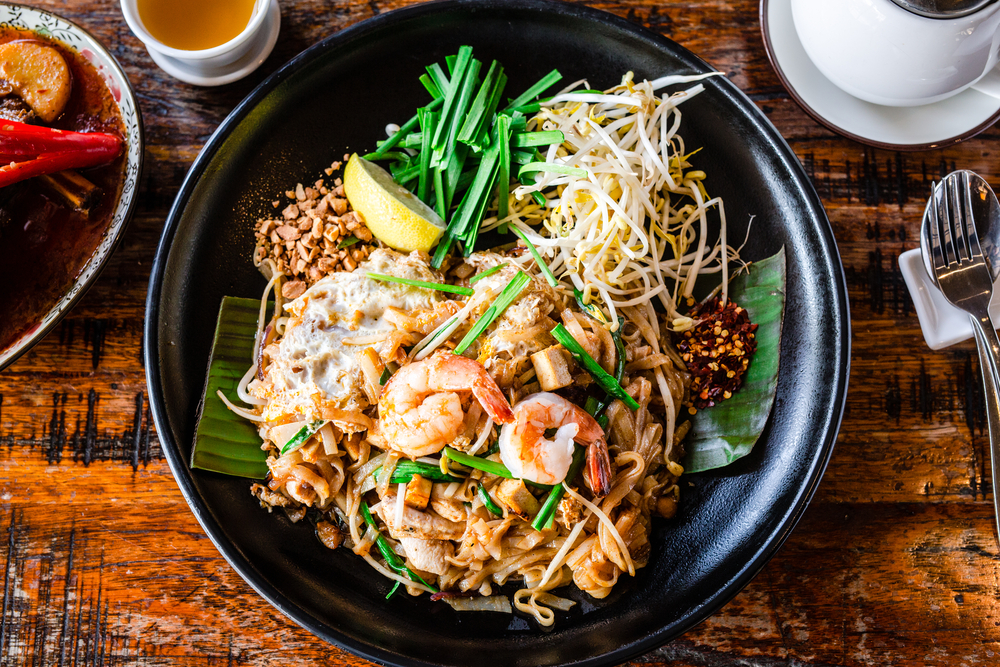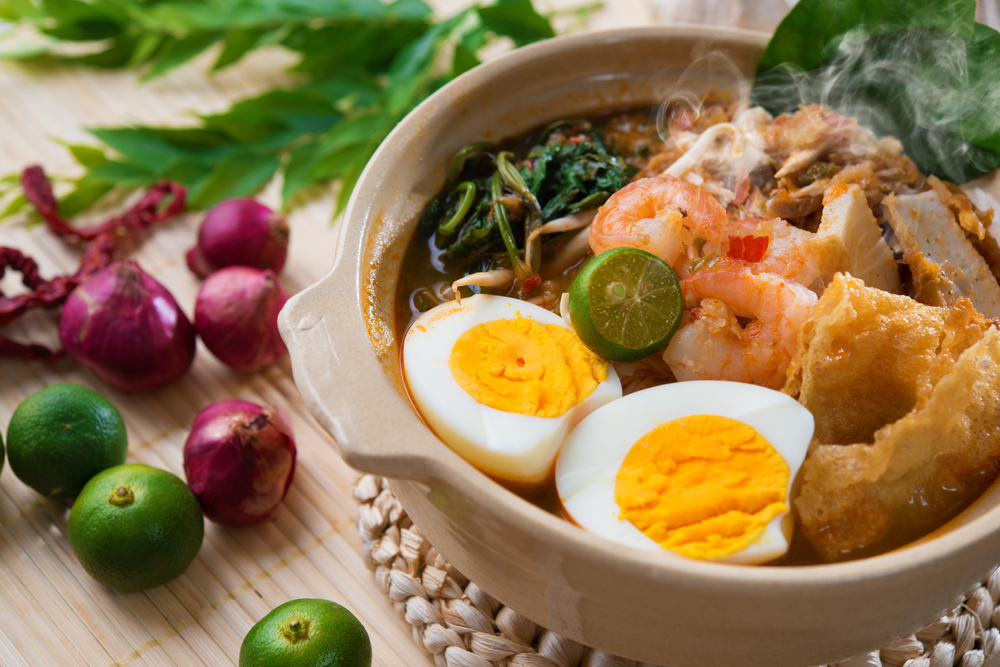David Beckham Temple
You’d be forgiven for thinking that Bangkok shrines all look alike after you’ve visited your fifth one. However, you’ll be hard-pressed to find anything like Wat Pariwat, a temple complex in the city’s south-eastern corner. At first sight, it may look like your typical run-of-the-mill wat – but look closer and you’ll discover ornate depictions of emoji pandas, Wonder Woman, Pikachu, Disney figures and an angelic bare-chested Obama (to name a few) all blending in with the traditional intricate mosaics covering the walls and ceiling. It’s a visual feast and worth spending some time at as you hunt for pop culture references, including David Beckham, after whom it is nicknamed.
Street Food Central
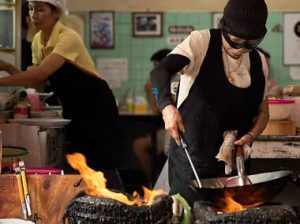
In the thick of Rattanakosin, one of Bangkok’s oldest districts, the area around Phraeng Bhuthorn Road is home to some of the city’s most legendary street food institutions. If you’re an adventurous eater, start at Samong Moo Thai Tham, famous for its bowls of pork broth loaded with crispy fish skin, innards, and melt-in-the-mouth … pig brain. A few doors down, a meal at Udom Pochana requires less courage. The stars on the menu of this decades-old restaurant are creamy Chinese-style curry, made with stewed beef and served over rice, and fresh spring rolls drizzled with spicy gravy and flecked with succulent crab meat. Cool down with a bowl of corn-topped coconut ice cream at Nuttaporn, arguably the best place in town for this classic Thai dessert.
Vintage design studio
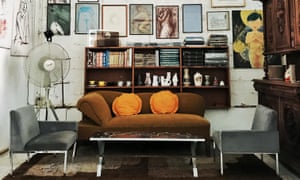
There are few better places to rummage through vintage goods than Papaya Studio, a furniture depot in the far-flung Lat Phrao suburb. You name it, they probably have it – in multiple shapes and sizes: lifelike Star Wars figures, pompous rococo mirrors, chinoiserie vases, classic Eames chairs – organized by era and function in one of the many warehouses or mock living rooms. The collection is brought together by Mr. Tong, a long-time antique dealer and respected figure in the city’s design scene. While all items are technically for sale, the hefty price tags discourage potential buyers; instead, they’re often rented out for films or photo shoots. Admission is free but those toting professional camera equipment are asked to make a small donation.
Fab 40s restaurant
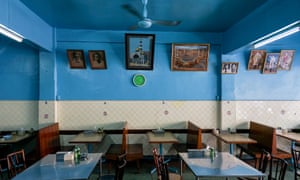
Bangkok’s green lung
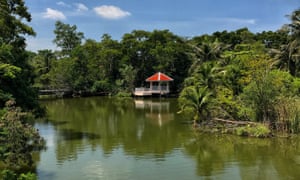
Unique Chinese mansion

Hidden in a maze of alleyways in Talad Noi (a workers’ district bordering Chinatown), the stately Sol Heng Tai Mansion is one of the last remaining traditional Chinese houses in the city. Built by a notable Hokkien family some 200 years ago, the structure consists of four wings surrounding a courtyard, all in traditional Hokkien style. Passed down through eight generations, it still functions as a family residence. The current residents operate a diving school (including a four-meter deep pool) and a beagle breeding kennel on the premises. Parts of the house have seen better days. (Sadly, its owners don’t receive financial support from the government to help restore it – the city is notoriously indifferent about preserving heritage buildings). Visitors are encouraged to order something from the makeshift coffee shop as a way of contributing.
A taste of the north
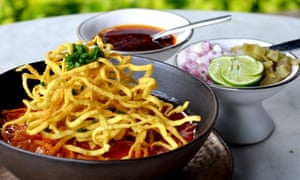
In a district dominated by glitzy restaurants and mall food courts, Gedhawa stands out for its quirky decor and unfussy atmosphere. In a quiet alley off Sukhumvit Road (the area’s main thoroughfare), this small eatery is packed with northern Thai prayer flags, Lanna-style wood carvings, and retro knick-knacks against a backdrop of shocking pink walls. The handwritten menu focuses mostly on northern Thai fare – a rarity in Bangkok – such as the classic khao soi (curry noodle soup) and the nam prik num, a northern Thai chili dip served with boiled vegetables. Despite its “hidden gem” appearance, it’s popular with the area’s large Japanese community, so call ahead (+66 2 662 0501) to secure a table.
Classic neighborhood cafe
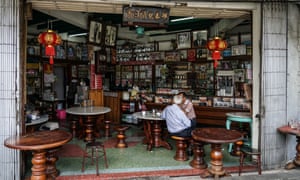
Recent years have seen hipster cafes popping up like mushrooms in Bangkok. And while exposed-brick walls, bare light bulbs, and letter-board menus are all the rage, few cafes can drum up to the atmosphere that Kope Hya Tai Kee, which opened in 1953, exudes. There’s no hipster-chic here; instead, the place is littered with marble-top tables, old-school tea boxes, and black-and-white photos of the original owners. It’s usually packed with uncles chatting the day away in the Teochew dialect. They’re friendly, and you’re more than welcome to join them over a cup of kafe boran, a robust brew served with generous helpings of sugar and sweetened milk. Simple “American style” breakfasts are served here, too. Try the signature kai kata, with fried eggs, sweet Chinese sausage, ground pork, and peas alongside a slice of buttered toast.
Riverside drinking den
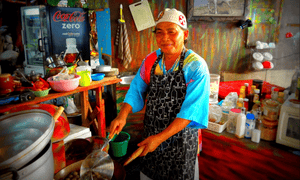
A ramshackle drinking den in the shadow of the Shangri-La Hotel, Jack’s Bar is a favorite with local chefs, in-the-know tourists, and ex-pats. And for good reason: the combination of prime river views, cheap drinks, and an unpretentious atmosphere is hard to beat. Perched on a stilted platform over the water, it’s a perfect spot to watch the river with a cold beer (drink it the Thai way, poured over ice, as there is no air-conditioning to cool you down). And come hungry if you’re a fan of no-frills, authentic Thai food. The seafood-centric menu covers the usual classics and harder-to-find southern dishes that pack a spicy punch. The chef’s recommendations are the stir-fried stink beans with shrimp, and the khua kling, a peppery dry curry with minced pork and lemongrass.
Old-style B&B
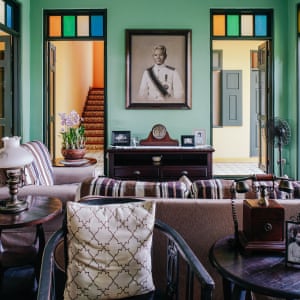
This pastel colonial villa in the Surasak district was once surrounded by fruit orchards and canals. Fast-forward 70 years and it’s now sandwiched between buzzing expressways – but hasn’t lost a pinch of charm. It now houses Baan Pra Nond, a homey B&B operated by the granddaughter of the villa’s original owner (whose portrait is the centerpiece of the living room). It’s a far cry from the luxury digs around the corner, but what it misses in amenities, it makes up with heaps of old-world charm and genuinely friendly service.
Bangkok is busy year-round but especially so at Songran (Thai New Year), in mid-April. January and February are good times to visit when the sun shines but the hottest weather hasn’t yet set in. September and October are the rainiest months.

